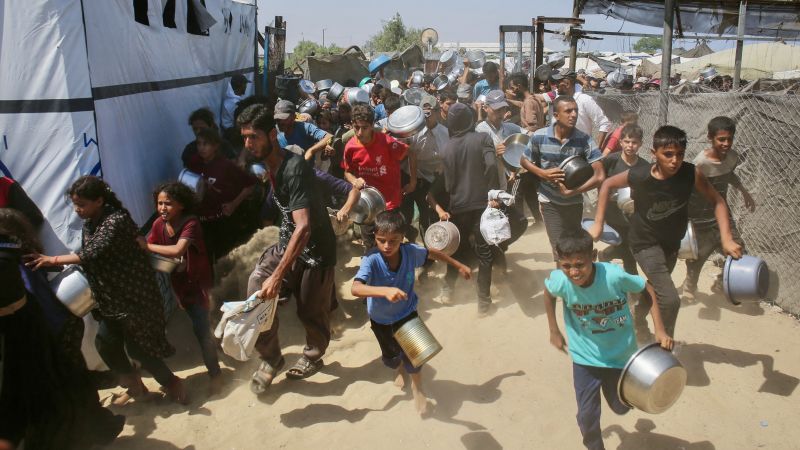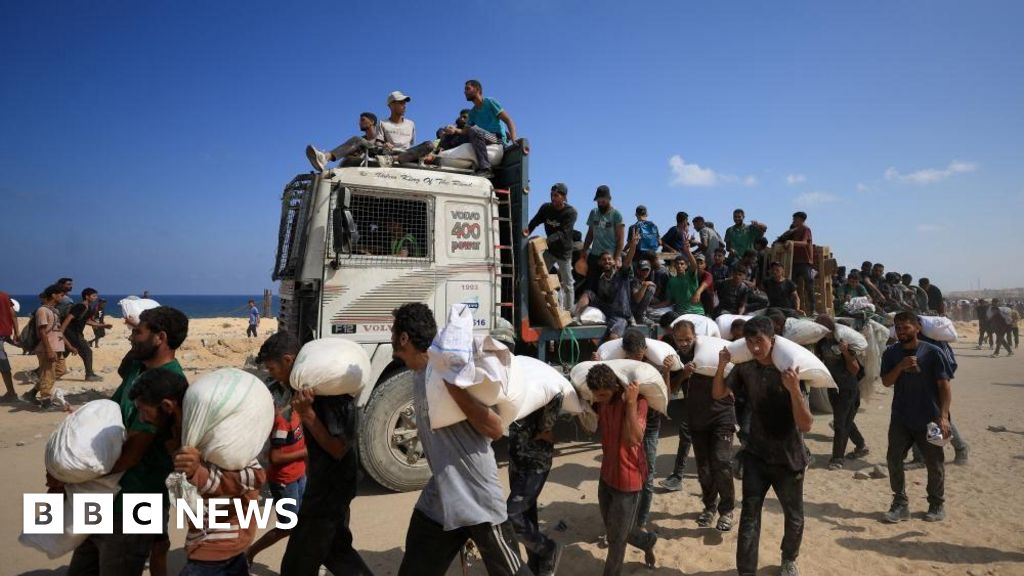The Gaza Conflict: Exploring the Definition of Famine

Introduction
The ongoing conflict in Gaza has been a topic of concern for many years, and recent reports of starvation in the region have sparked even more attention. This raises the question: what does it take for a famine to be declared in Gaza? Surprisingly, the answer lies in the hands of a few select authorities with the power to make that call.
The Definition of Famine
According to the United Nations, a famine is declared when at least 20% of households in a certain area have extreme food shortages, with more than 30% of children suffering from malnutrition. While there have been numerous reports of starvation and malnutrition in Gaza, these numbers have not yet been reached, causing hesitation in labeling it as a famine. However, the situation remains dire, with over 70% of the population relying on humanitarian aid for basic food needs.
The Role of Authorities
The United Nations and other global organizations play a crucial role in determining whether a famine is declared in a specific region. However, this decision is not made lightly, as it can have serious implications for aid and intervention efforts. In the case of Gaza, political tensions and restrictions on aid have also played a significant role in delaying the declaration of a famine. As the situation in Gaza continues to worsen, it is crucial for authorities to act quickly and provide necessary aid to prevent a full-blown
About the Organizations Mentioned
United Nations
The United Nations (UN) is a pivotal international organization established in 1945, following the devastation of World War II, with the primary goal of maintaining global peace and security, fostering international cooperation, and promoting social progress. The UN Charter, signed by 51 founding member states, including the United States, the United Kingdom, China, and the Soviet Union, laid the foundation for this ambitious endeavor[1][3]. ## History and Structure The UN was born out of the failures of its predecessor, the League of Nations, which failed to prevent World War II. Key planning meetings, such as the Dumbarton Oaks Conference in 1944, defined the UN's structure, which includes the General Assembly, the Security Council, the Economic and Social Council, the Trusteeship Council, the International Court of Justice, and the Secretariat[1][6]. The Security Council, with five permanent members (the United States, China, France, Russia, and the United Kingdom), holds significant influence due to its veto power[2]. ## Key Achievements Over the years, the UN has played a crucial role in conflict resolution, human rights advocacy, and sustainable development. Notable achievements include the establishment of the Universal Declaration of Human Rights in 1948 and the implementation of numerous peacekeeping missions worldwide[3][4]. The UN has also been instrumental in addressing global challenges such as climate change and pandemics through its various programs and agencies. ## Current Status Today, the UN comprises 193 member states, with its most recent addition being South Sudan in 2011[5]. The organization continues to evolve, addressing emerging issues like digital governance and cybersecurity. Despite challenges, the UN remains a cornerstone of international diplomacy and cooperation. ## Notable Aspects The UN's work is not limited to politics; it also impacts business and technology through initiatives that promote sustainable development and digital inclusion. Its role in setting global standards and fostering international cooperation makes it a significant player in shaping the







